- Objavljeno: 19.07.2021.
VARAŽDIN POLICE DEPARTMENT OFFICERS KILLED AND MISSING DURING THE CROATIAN WAR FOR HOMELAND INDEPENDENCE
After the first free, multi-party elections in April and May 1990, in what was the Socialist Republic of Croatia that was then part of the constitutional, legal and political framework of the Socialist Federal Republic of Yugoslavia (SFRJ), the constitution of the Croatian Parliament (Sabor Republike Hrvatske) and declaration of Dr Franjo Tuđman as the first Croatian President set up the newly elected democratic Croatian government on 30th May 1990.
Unfortunately this democratically elected government was immediately planned to be overthrown by the political leadership of insurgent Serbs within Croatia who were intoxicated on the ideology of a Greater Serbia and directed and supported by the strong military-political leadership of the Yugoslav People’s Army and the nationalist political leadership of the Greater Serbian state.
The referendum of 19th May 1991 led to the citizens of Croatia voting for a sovereign and independent state, and the Parliament of the independent Croatian state ratified and confirmed this decision by declaring the independent and sovereign Republic of Croatia and severing all ties with the former Socialist Federal Republic of Yugoslavia (SFRJ).
Because of this and the open declaration of the Greater Serbia uprising’s stated aims within Croatia, whose goal was the forcible overthrow of the democratically elected government, in order to protect the democratically elected government, President Dr Franjo Tuđman urgently ordered the then leadership of the Secretariat for Internal Affairs in June 1990 to launch, within legally available framework, a recruitment campaign and employment of young men capable of serving in the then Croatian Secretariat of the Interior.
Thus, the accelerated training of newly employed young men, all Croatian patriots who wanted to willingly serve the Croatian people and all Croatian citizens as Croatian Police Officers, was initiated.
Their basic role was to protect and defend the Republic of Croatia’s newly established political and legal system, its multi-party political system and democracy, the national survival of the Croatian people and the national security, human rights and freedom of all citizens within the Republic of Croatia.
On the other hand the political leadership of the insurgent Serbs within Croatia publically demanded secession to and annex by Serbia, in addition to the severance of all legal, political, financial and economic ties to the Croatian Government, along the infamous Četnik Line between Virovitica, Karlovac and Karlobag.
Due to a series of critically important political and security events with in the Republic of Croatia, the first armed Croatian police units, known as ‘Jake snage MUP-a’ (‘the Strong MUP Forces’) entered into legend and crowned their sacrifice, fame, courage, patriotism and anti-terrorist successes with victories.
THE VARAŽDIN POLICE DEPARTMENT IN THE CROATIAN WAR FOR HOMELAND INDEPENDENCE
Amongst the names of the Jake snage MUP-a (‘the Strong MUP Forces’) are the names of Police Officers from what was then the Policijska uprava Varaždin (‘Varaždin Police Administration’) which included the current Međimurje Police Department, i.e. Varaždin, Čakovec, Ivanec, Ludbreg and Novi Marof Police Stations.
It was them who made an immeasurable contribution to the War of Homeland Independence, not only laying the foundations for the realisation of the millennium old dream of the creation of a free Croatian homeland, but also creating a platform for the courage and professionalism of generations of Croatian Police Officers.
From the very outset the aggression of the JNA (‘the Yugoslav People’s Army’) and the paramilitary units on Croatia, the finest Police Officers from the Varaždin, Međimurje and Podravina areas joined the defence in all crisis areas and battlefields, starting with Pakrac, Lipik, Hrvatska Kostajnica, Vukovar, Gospić, Ogulin, Velebit and Prevlaka and ending with Bljesak and Oluja (‘Flash’ and ‘Storm’), the final operations of the War for Homeland Independence.
The following stand out in particular from the War’s battlefields:
Varaždinski dani rata (‘the Varaždin Days of War’) in September 1991, when Varaždin Police Officers, led by the Rode (‘Storks’) Special Police Unit, made a huge contribution. After increased attacks by the Serb Četnik Army the Varaždin Police Department ordered Police Officers to ‘break’ into the Jalkovečke žrtve (‘Jalkovec Victims’) Barracks and force the remaining officers and soldiers to surrender. With this victory a large amount weapons, ammunition and other equipment were acquired. Other military facilities were occupied, including the Banjšćina Military Warehouse, which meant that Police Department was equipped with new weapons and tools. Well-equipped and armed police officers took over the frontline fighting with the Kalnički partizani (‘Kalnik Partizans’) Barracks in Optujska Street in Varaždin which, along with constant negotiations between the municipal headquarters and the opposing command, eventually led to a surrender without a fight.
It is known that the wartime victory over the JNA (‘the Yugoslav People’s Army’) in the Varaždin area increased the armed power of the Republic of Croatia seven times over.
The contribution of Varaždin’s Police Officers in the defence of Vukovar is equally immeasurable. A total of 1,121 Varaždin Police Officers in 7 groups participated in the defence of the Vukovar area from 28th June 1991 to the fall of Vukovar.
The final group which was defending Vukovar included 185 Police Officers from what were then Police Departments in Varaždin, Ivanec, Ludbreg, Novi Marof and Čakovec, who went there on 11th September 1991 and unfortunately remained until the fall of Vukovar.
Of that number 21 Police Officers were killed and another 4 have been missing and still being searched for. 119 Police Officers were taken to the Serbian Concentration Camps in Stajićevo, Sremska Mitrovica, Novi Sad and Beograd. 66 Police Officers were injured.
At the beginning of November 1991 an offensive was launched to break the Serb lines and relieve and liberate Vukovar. Amongst the Croatian forces engaged to relieve and liberate Vukovar was the Varaždin Police Department’s Special Police Unit known as Rode (‘Storks’) which suffered heavy losses in an attempt to break through the Village of Karadžićevo on 9th November 1991 whilst out-numbered, out-gunned and out-equipped by a much stronger enemy.
In this heroic act the Unit suffered heavy losses: 4 Officers were killed, 1 disappeared and another was subsequently pronounced dead. 28 Officers were seriously of lightly wounded and one Police Officer was captured and released after 7 months in the Sremska Mitrovica Concentration Camp.
Despite these losses the Rode (‘Storks’) Special Police Unit continued their glorious war journey throughout our beautiful country until the final offensives liberated Croatian territory and created a free homeland.
In total 33 Varaždin Police Department Officers were killed during The War for Homeland Independence and 4 are still listed as missing.
POLICE OFFICERS KILLED
-
Josip Martan, born 14th December 1965 – died 30th July 1991 in Hrvatska Kostajnica during an air raid on the city when the building he was guarding was struck by rocketry.
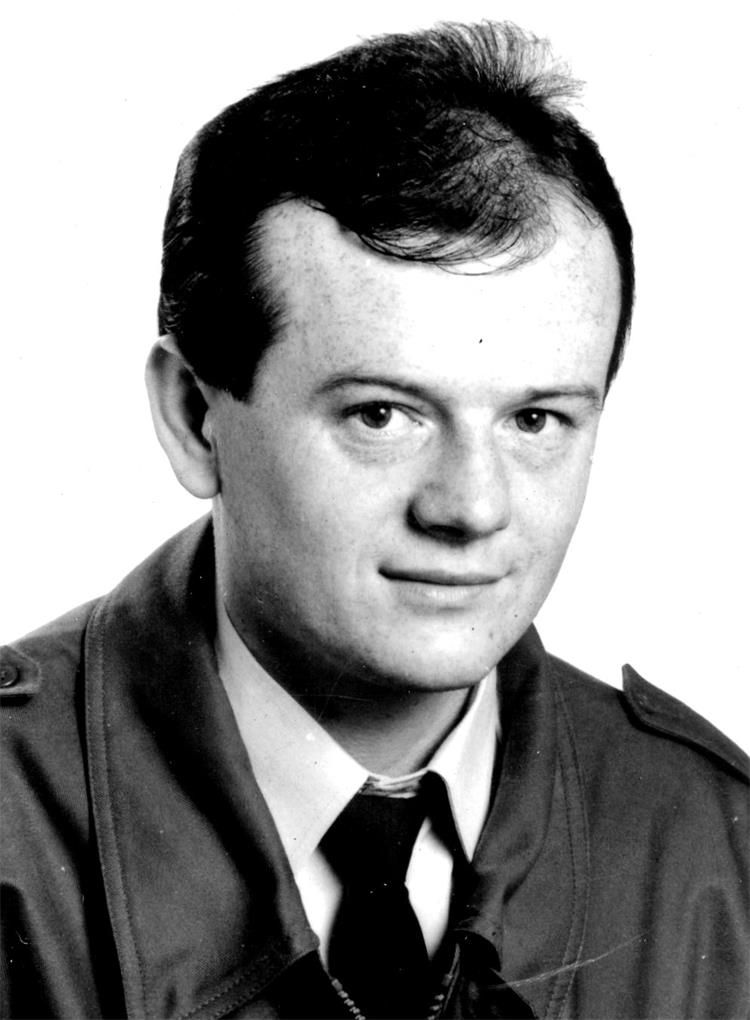
-
Josip Šajnović, born 16th March 1952 – died 25th September 1991 in Borovo Naselje during a mortar attack.
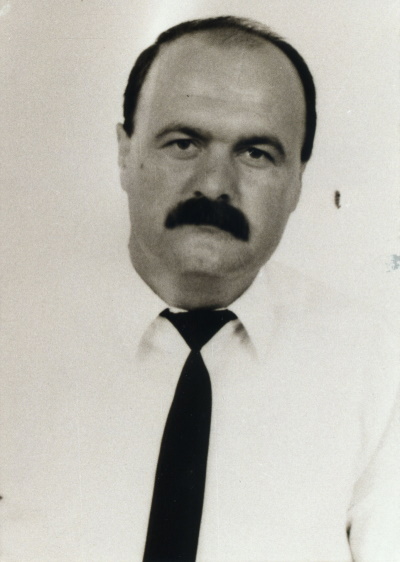
-
Mladen Vinko, born 6th June 1969 – died 2nd October 1991 in Vukovar. He was identified in 1998 amongst the victims exhumed from the New Vukovar Cemetery.
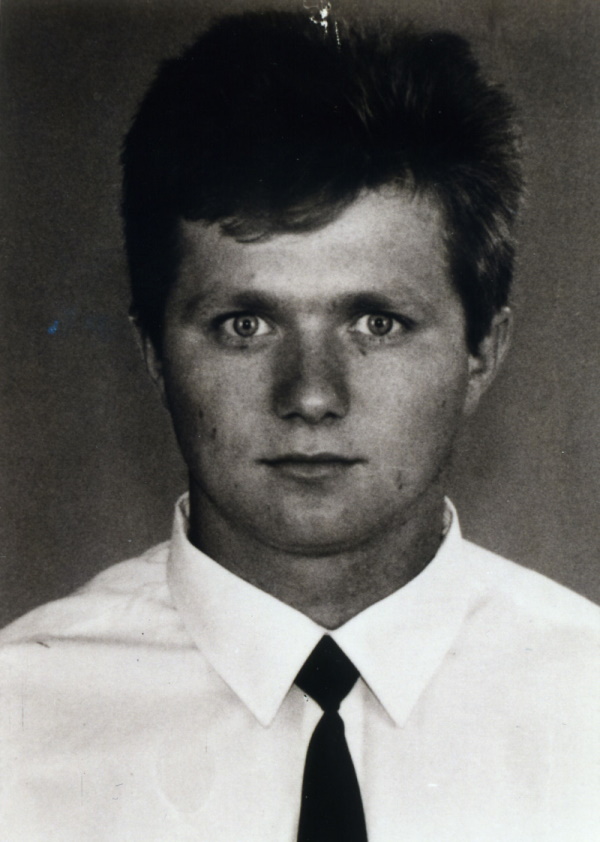
-
Dražen Klarić, born 23rd November 1970 – fatally injured on 4th October 1991 in Borovo Naselje during a rocket attack on Vukovar. He was identified in 1998 amongst the fallen Croatian war veterans in the New Vukovar Cemetery.
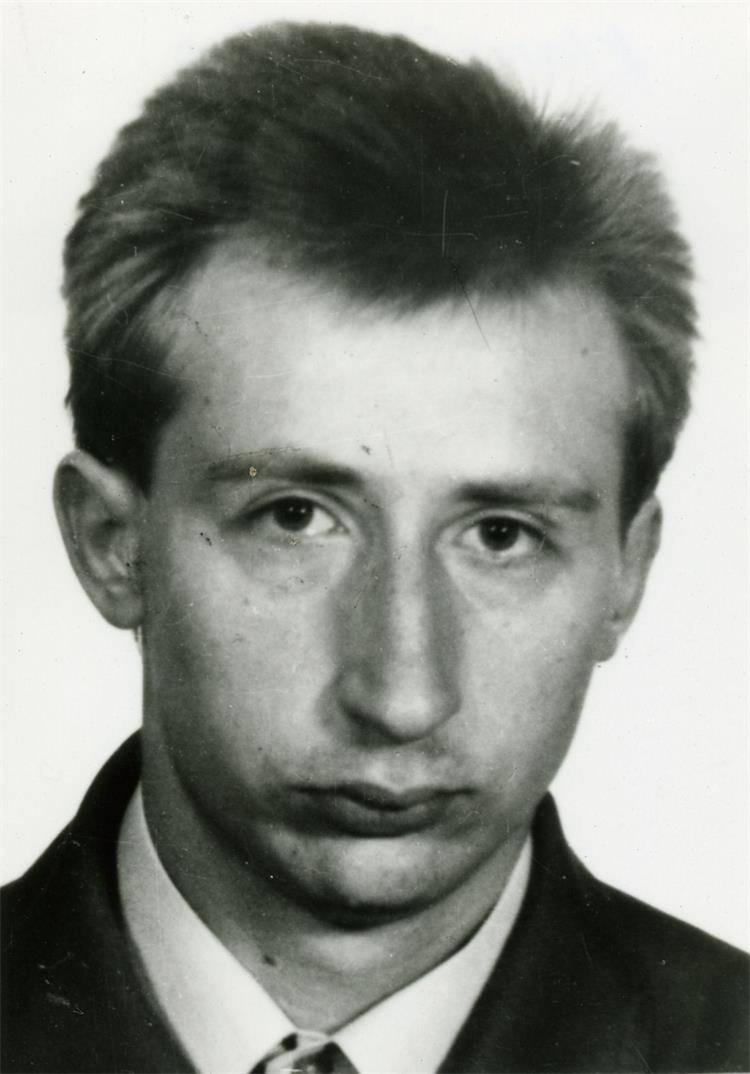
-
Vladimir Rojko, born 14th July 1970 – fatally injured on 28th October 1991 in Vukovar. He was identified in 2000 amongst the victims exhumed from the New Vukovar Cemetery.
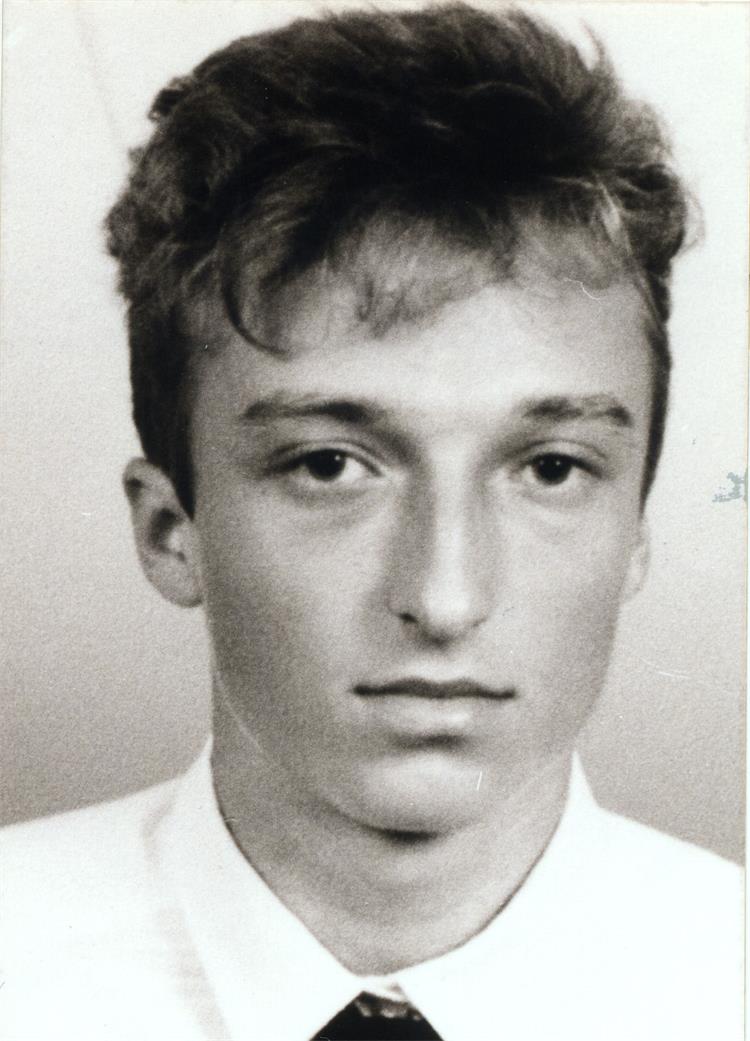
-
Božidar Košir, born 28th September 1957 – severely injured on 31st October 1991 in Vukovar, after which his fate remained unknown until he was identified in 1999 amongst the victims exhumed from the New Vukovar Cemetery. His date of death is recorded as 1st November 1991.
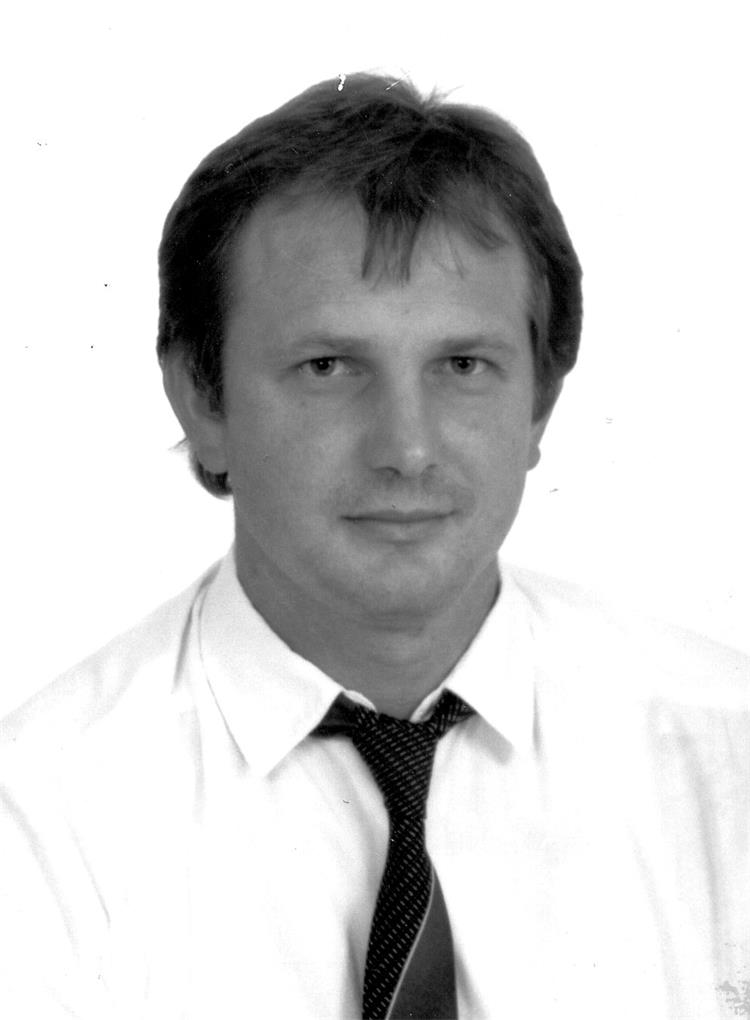
-
Damir Lehkec, born 10th April 1970 – died 1st November 1991 in Vukovar, after which his fate remained unknown until he was identified in 1998 amongst the victims exhumed from the New Vukovar Cemetery.
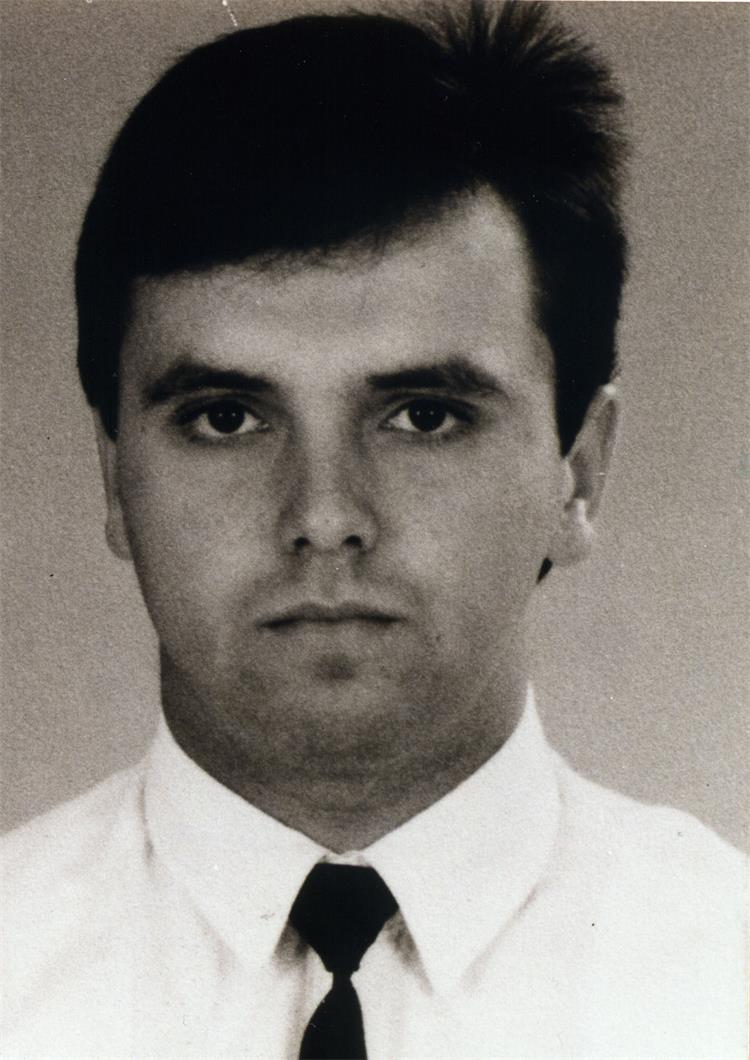
-
Josip Kanižaj, born 7th March 1967 – died 6th November 1991 in Borovo Naselje. He was identified in 1998 amongst the victims buried in the New Vukovar Cemetery.
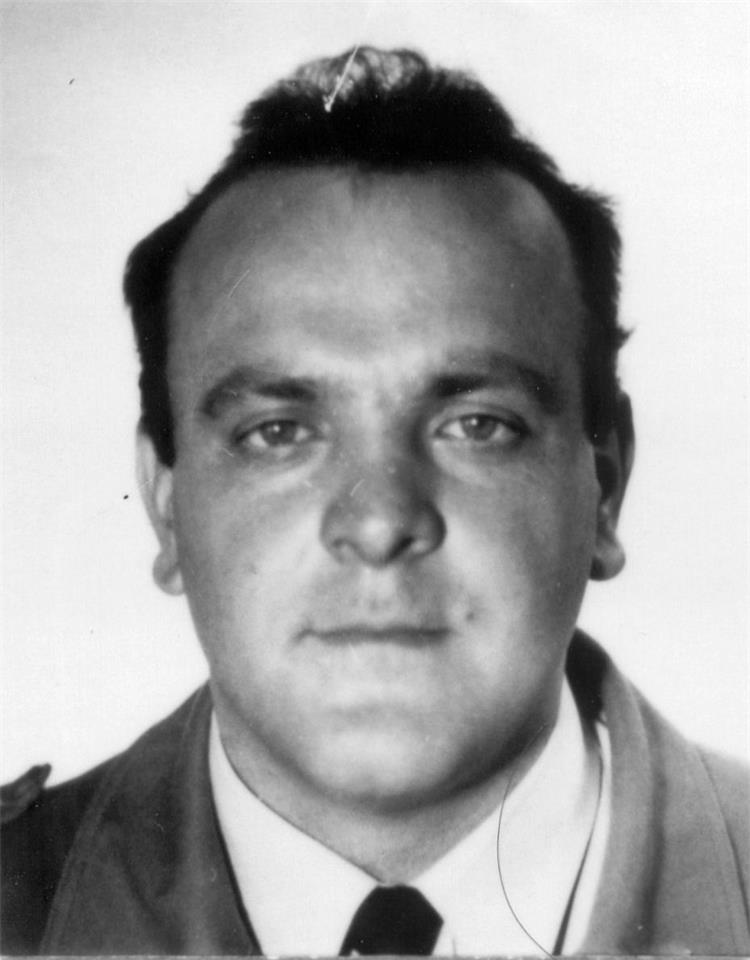
-
Dragutin Godinić, born 3rd March 1966 – injured on 8th November 1991 in Borovo Naselje, from where he was admitted to Vukovar Hospital and died of his injuries. He was identified in 1998 amongst the victims buried in the New Vukovar Cemetery. His date of injury, 8th November 1991, was recorded as his date of death
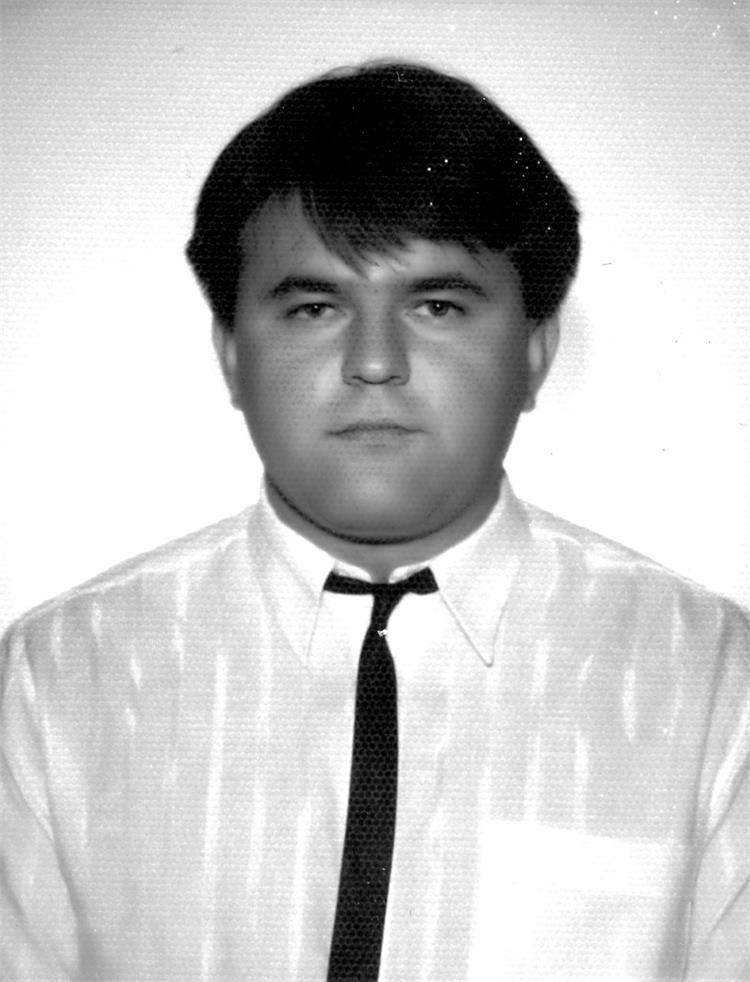
-
Zvonimir Kardoš, born 10th July 1966 – died on 9th November 1991 whilst attempting to break the enemy lines at Karadžićevo to relieve Vukovar as part of the Varaždin Police Department’s Rode (‘Storks’) Special Police Unit.
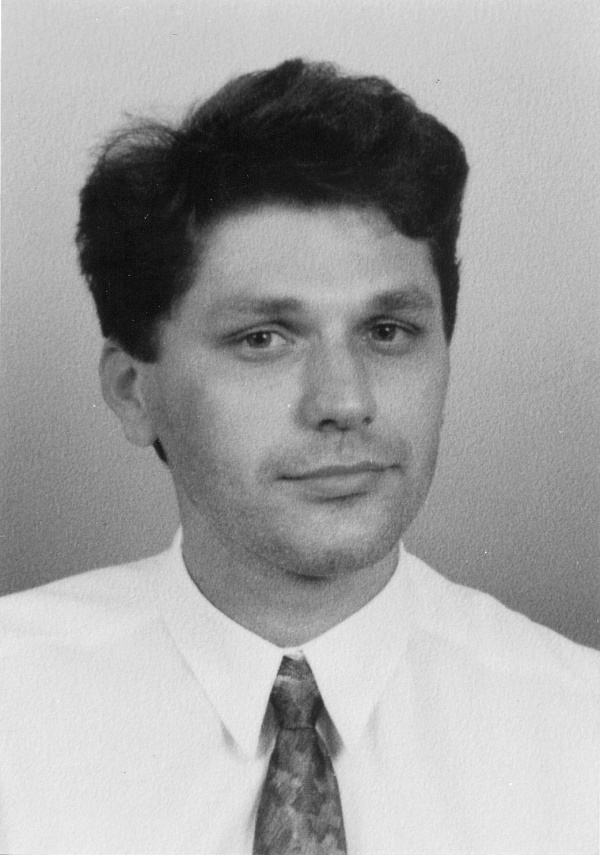
-
Mladen Kasun, born 25th January 1964 – died on 9th November 1991 whilst attempting to break the enemy lines at Karadžićevo to relieve Vukovar as part of the Varaždin Police Department’s Rode (‘Storks’) Special Police Unit.
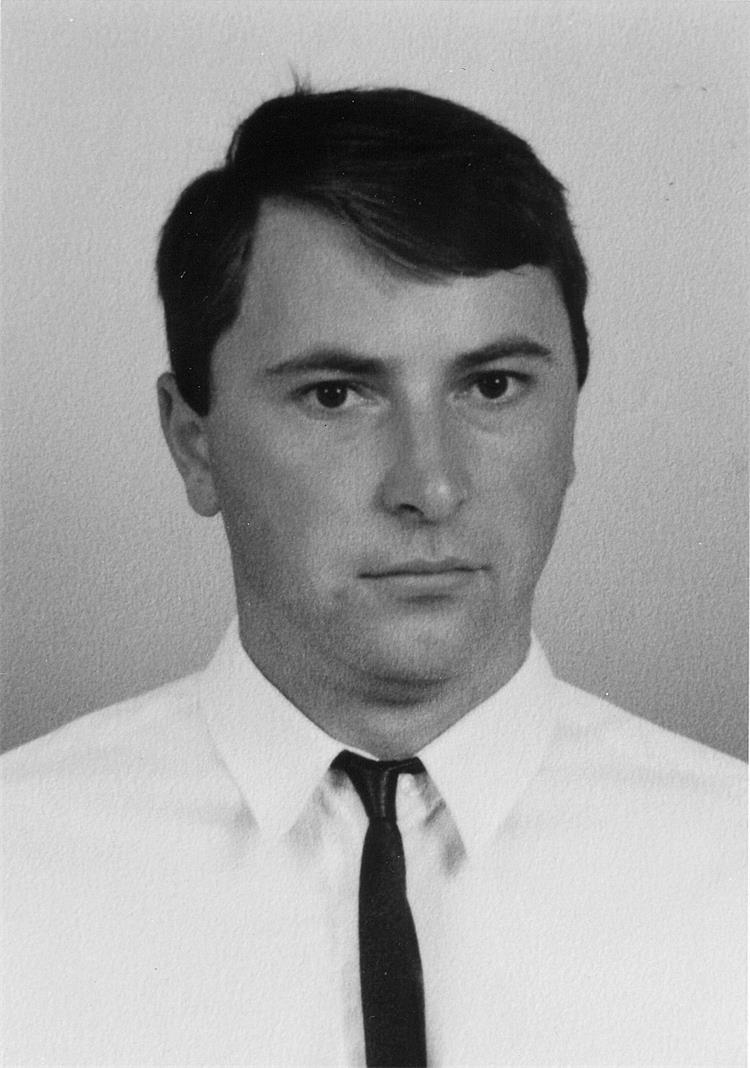
-
Branko Kos, born 5th May 1964 – died on 9th November 1991 whilst attempting to break the enemy lines at Karadžićevo to relieve Vukovar as part of the Varaždin Police Department’s Rode (‘Storks’) Special Police Unit.
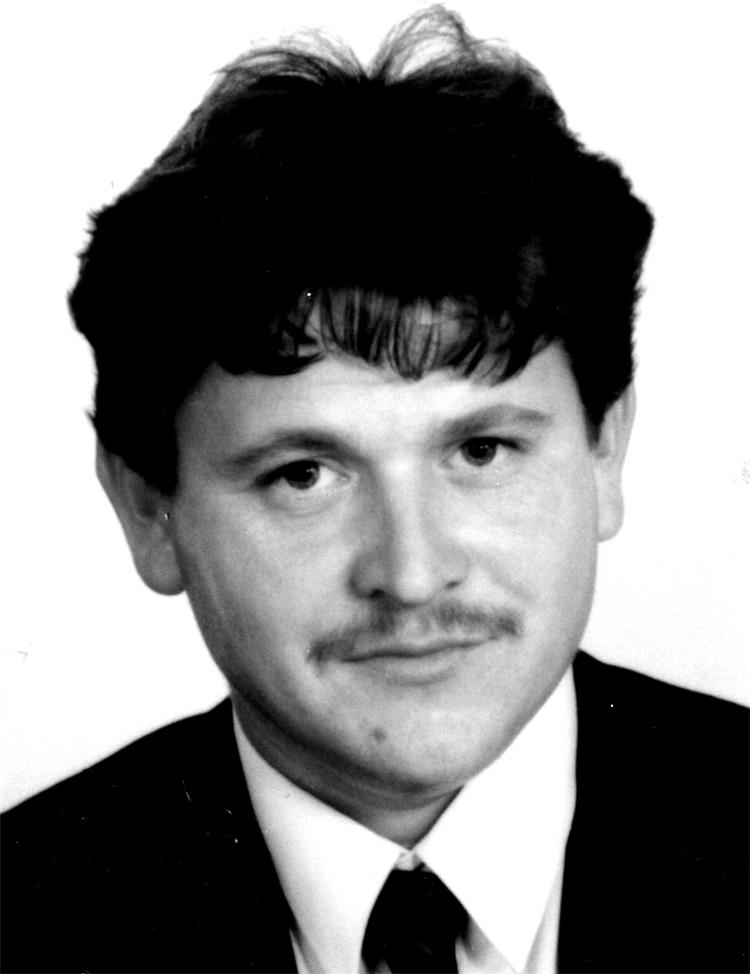
-
Željko Pongrac, born 24th October 1964 – died on 9th November 1991 whilst attempting to break the enemy lines at Karadžićevo to relieve Vukovar as part of the Varaždin Police Department’s Rode (‘Storks’) Special Police Unit.
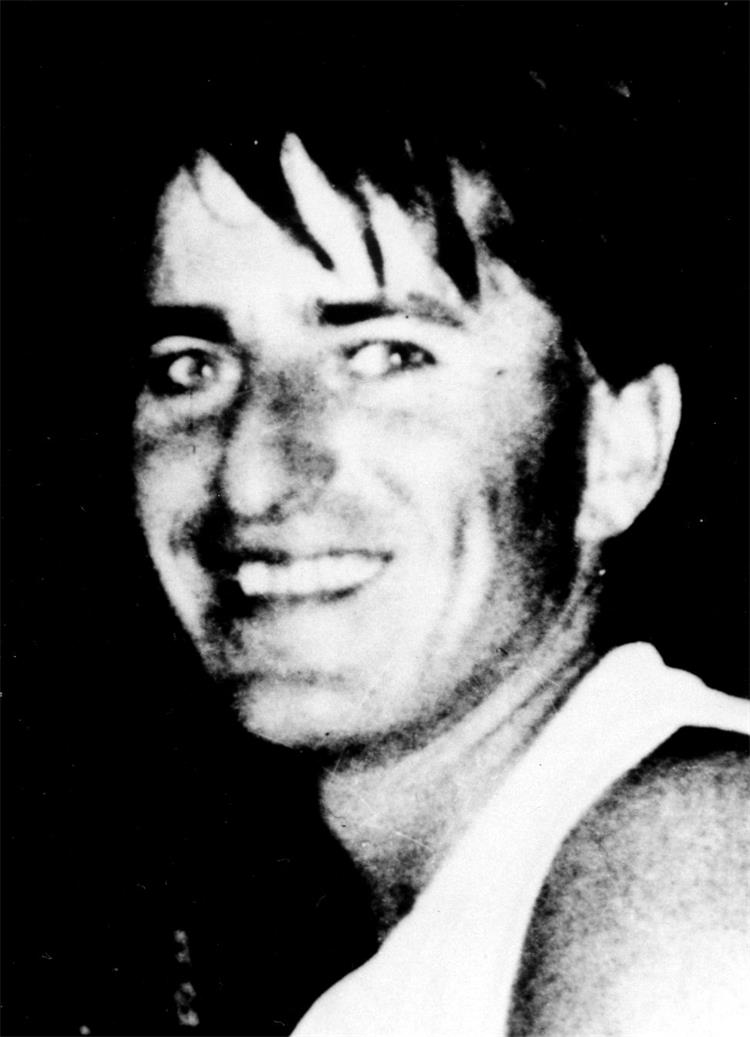
-
Dragutin Lehkec, born 1st April 1956 – fatally injured 14th November 1991 in Vukovar. He was identified in 1998 amongst the victims exhumed from the New Vukovar Cemetery.
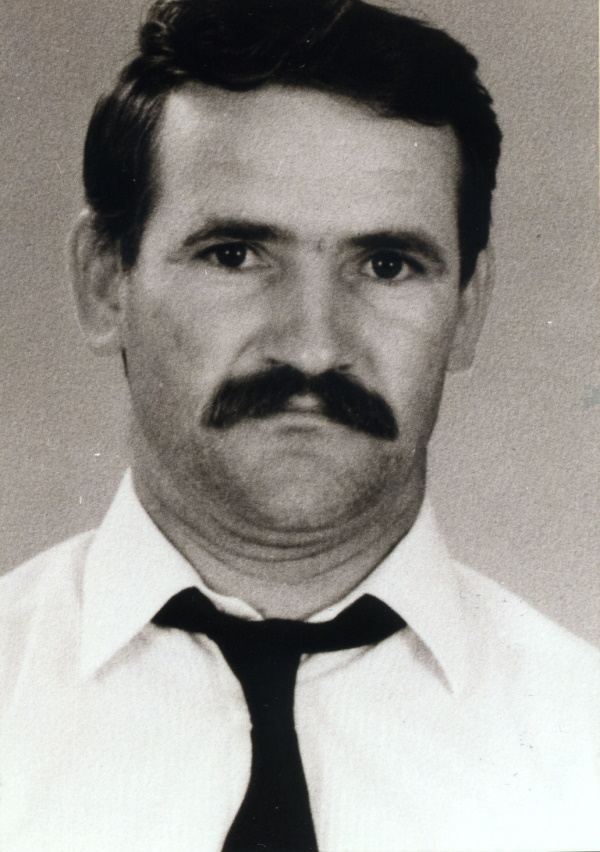
-
Vjekoslav Cerovečki, born 2nd March 1955 – on 18th November 1991 in Borovo Naselje he was injured in the head and back in front of the Borovo factory and died from these injuries. He was identified in 1998 amongst the victims exhumed from the New Vukovar Cemetery.
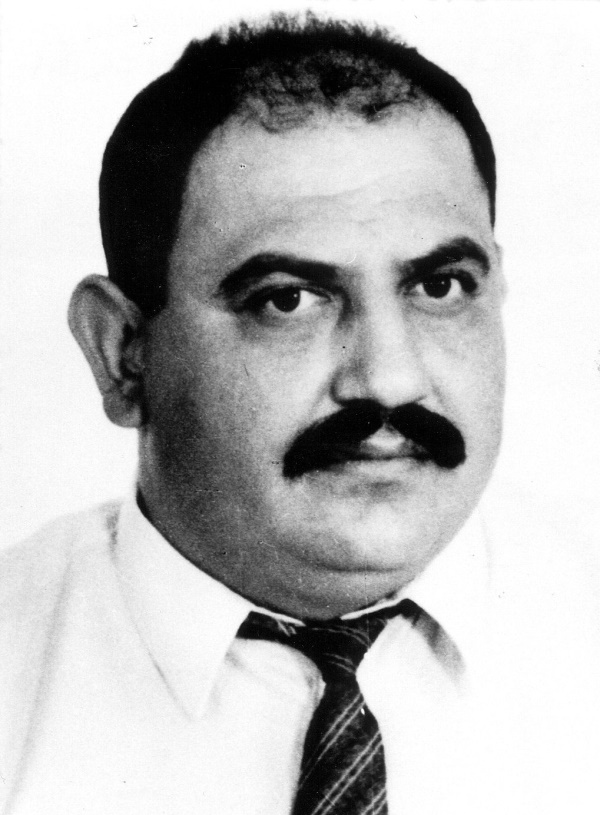
-
Stjepan Vusić, born 14th August 1953 – during the breakthrough from Vukovar on 18th November 1991 he was injured in Borovo Naselje, after which his fate remained unknown until he was found and identified in 1998 in the New Vukovar Cemetery.
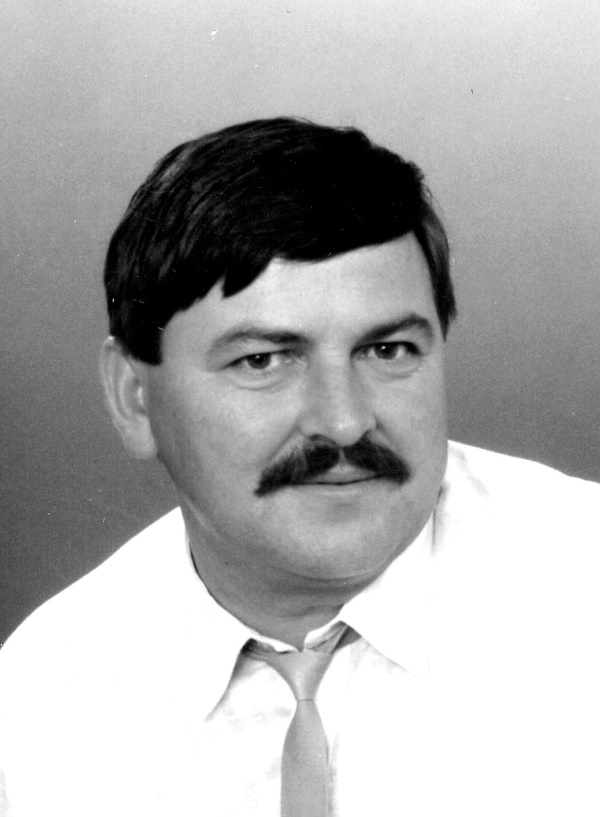
-
Ivan Hižman, born 6th June 1953 – participated in the defence of Vukovar in Borovo Naselje. After surrendering he was separated on Trpinjska Road during the transportation of captured Croatian veterans to concentration camps and killed. He was found and identified in 1998 amongst the victims buried in the New Vukovar Cemetery. His death of death is recorded as 19th November 1991.
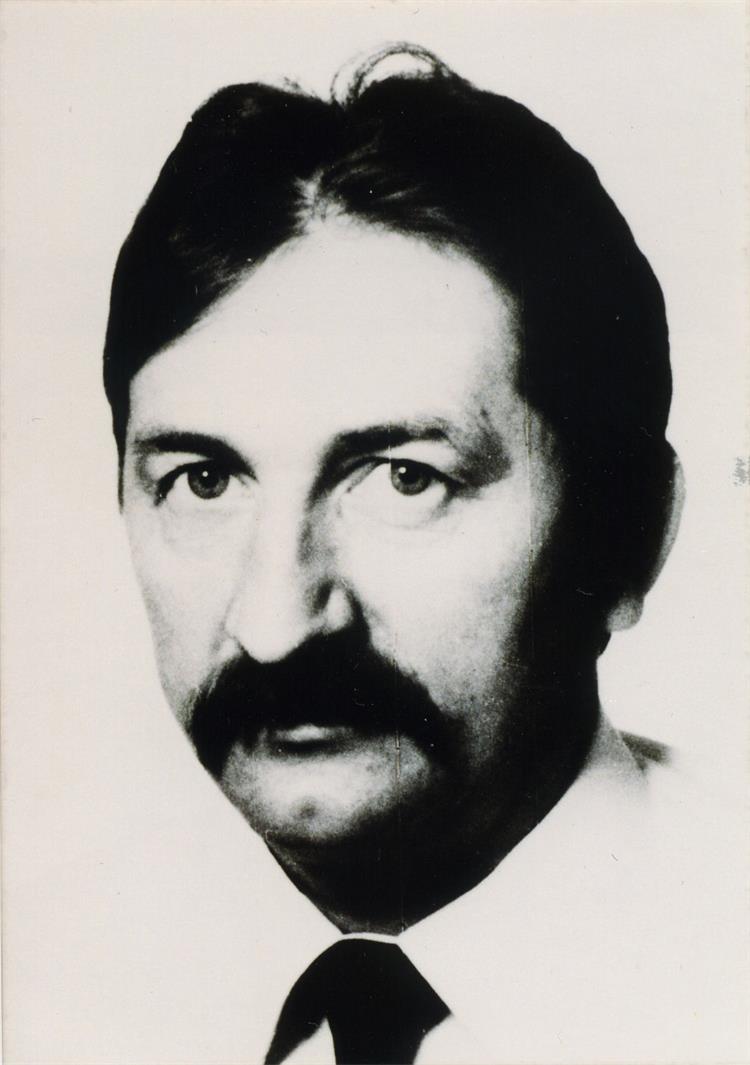
-
Dragutin Šavorić, born 19th June 1953 – participated in the defence of Vukovar in Borovo Naselje. After surrendering he was separated during the transportation of captured Croatian veterans on Trpinjska Road and killed. He was identified in 1998 amongst the victims buried in the New Vukovar Cemetery. His date of death is recorded as 19th November 1991.
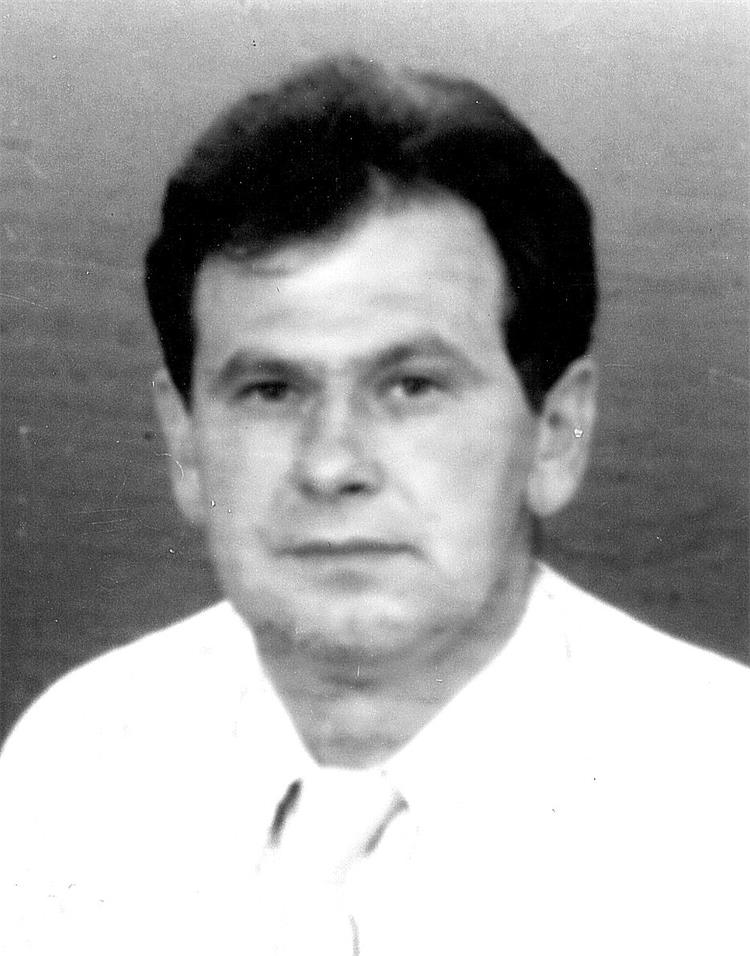
-
Marko Bosak, born 2nd July 1967 – after the fall of Vukovar his fate remained unknown until 1999, when he was found and identified amongst the Croatian defenders found in the Ovčara Mass Grave. His date of death is recorded as 20th November 1991.
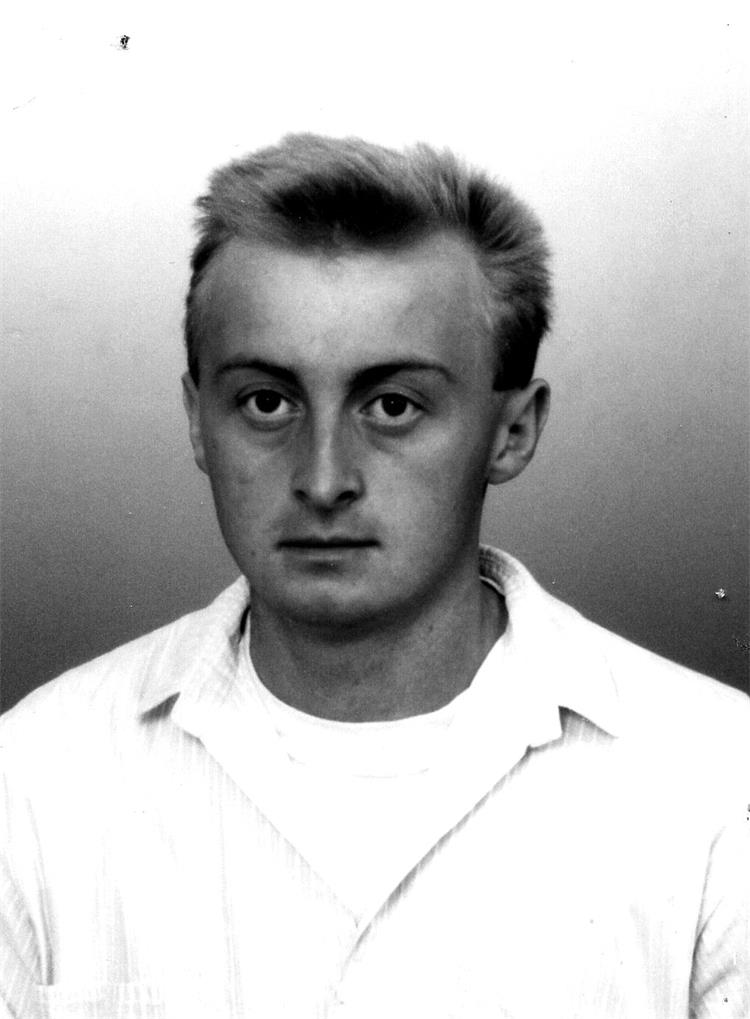
-
Dragutin Friščić, born 2nd November 1958 – during the fall of Vukovar he was wounded and admitted to Vukovar Hospital. The exhumation of victims at Ovčara in Vukovar identified his remains, and his date of death is recorded as 20th November 1991.
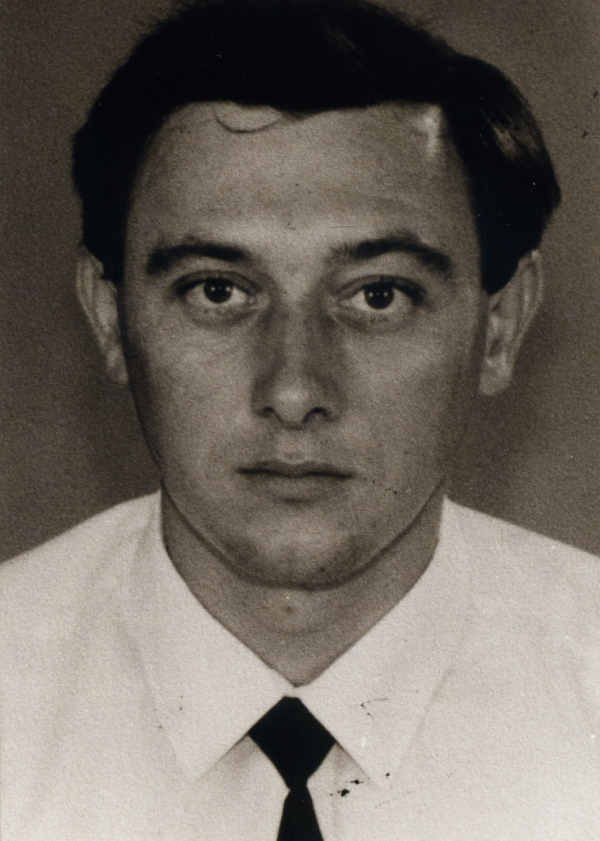
-
Ljubomir Jalšovec, born 2nd November 1957 – during the fall of Vukovar he was on guard at the Hospital building. After the fall of Vukovar his whereabouts were unknown, and he was recorded as a missing person until an exhumation of victims at the New Vukovar Cemetery identified his remains, and his date of death is recorded as 20th November 1991.
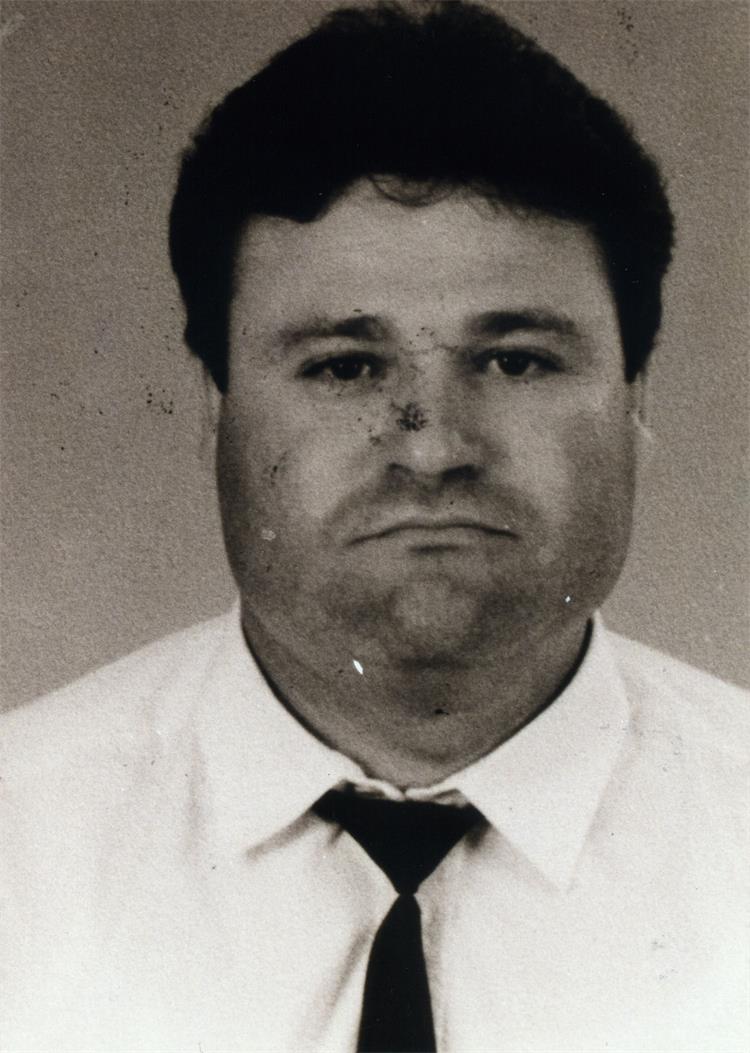
-
Tomo Jambor, born 3rd March 1966 – After the fall of Vukovar his whereabouts were unknown until 1999, when he was found and identified amongst the Croatian defenders found in the Ovčara Mass Grave. His date of death is recorded as 20th November 1991.
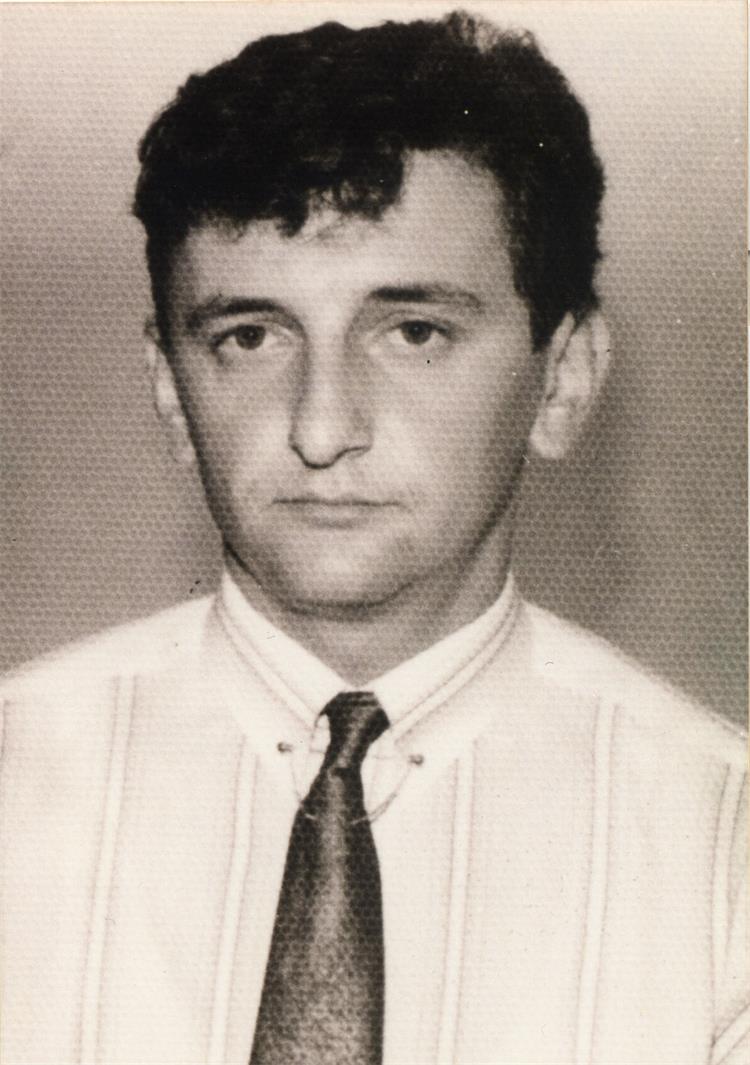
-
Josip Kapustić, born 8th December 1965 – during the fall of Vukovar he was wounded and admitted to Vukovar Hospital. He was found amongst the Croatian defenders found in the Ovčara Mass Grave. His date of death is recorded as 20th November 1991. He was identified in 1997.
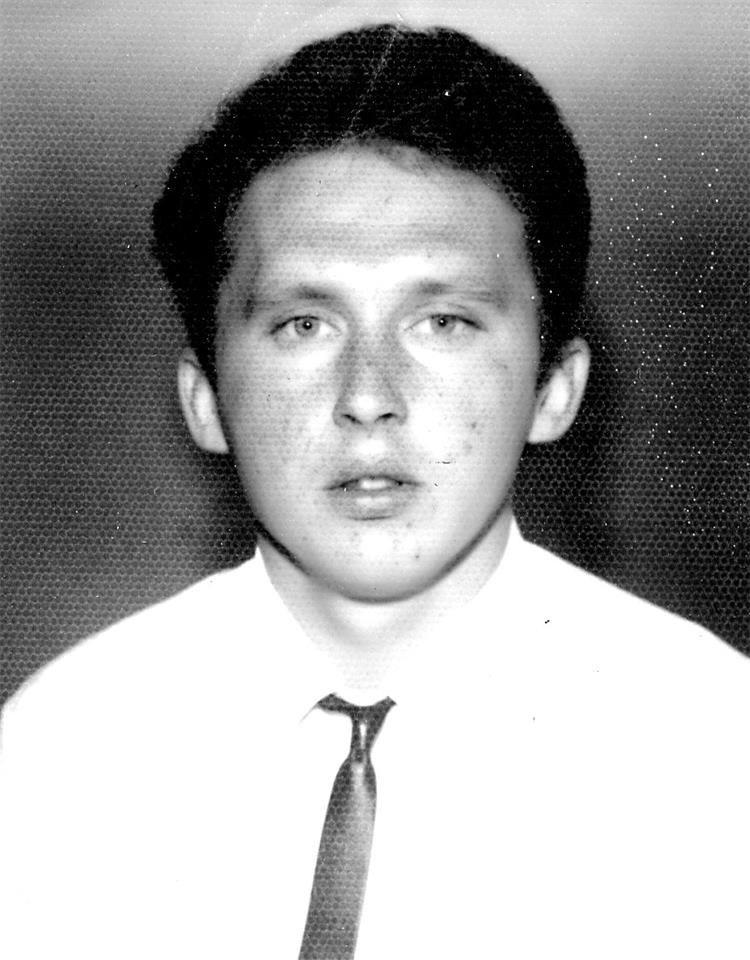
-
Antun Mutvar, born 30th January 1969 – during the fall of Vukovar he was wounded and admitted to Vukovar Hospital. He was found amongst the Croatian defenders found in the Ovčara Mass Grave. His date of death is recorded as 20th November 1991. He was identified in 1999.
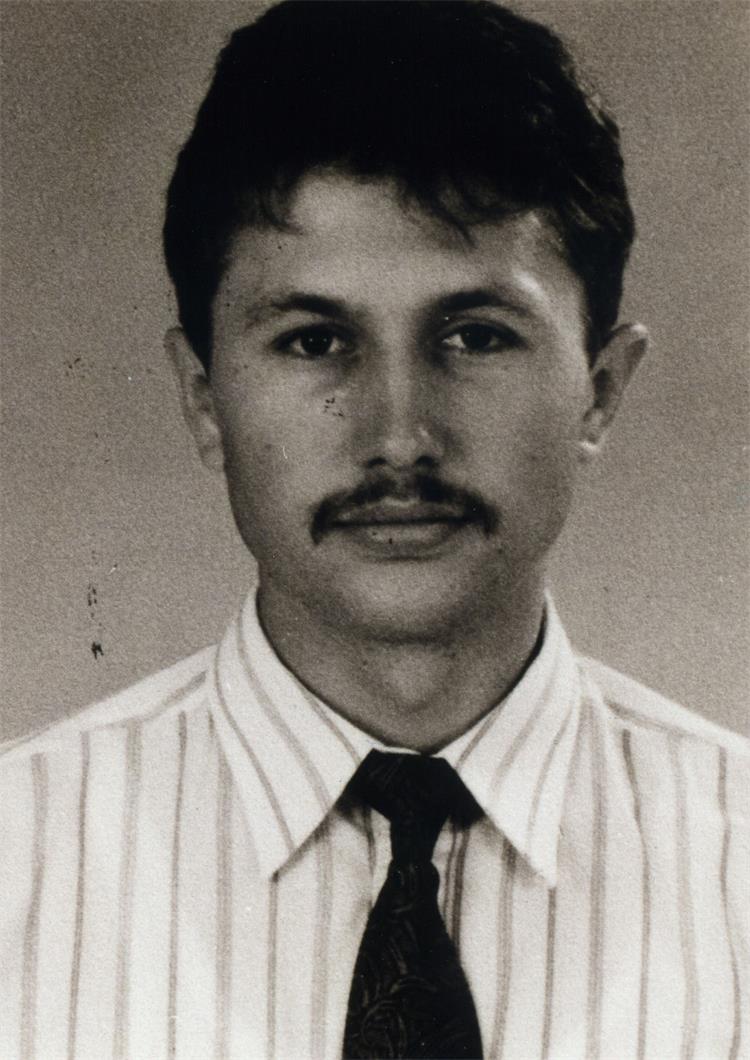
-
Dražen Štefulj, born 1st January 1963 – during the fall of Vukovar he was wounded and admitted to Vukovar Hospital. He was found amongst the Croatian defenders found in the Ovčara Mass Grave. His date of death is recorded as 20th November 1991. He was identified in 1997.
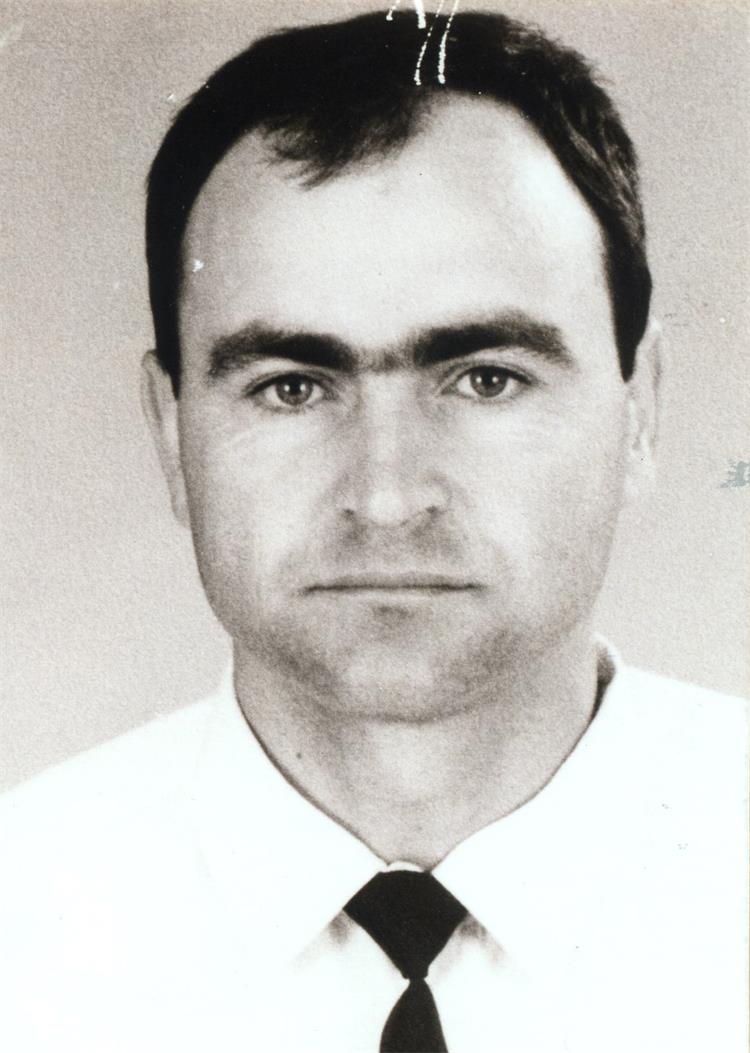
-
Darko Tišljarić, born 1st June 1971 – during the fall of Vukovar he was wounded and admitted to Vukovar Hospital. He was found amongst the Croatian defenders found in the Ovčara Mass Grave. His date of death is recorded as 20th November 1991. He was identified in 1997.
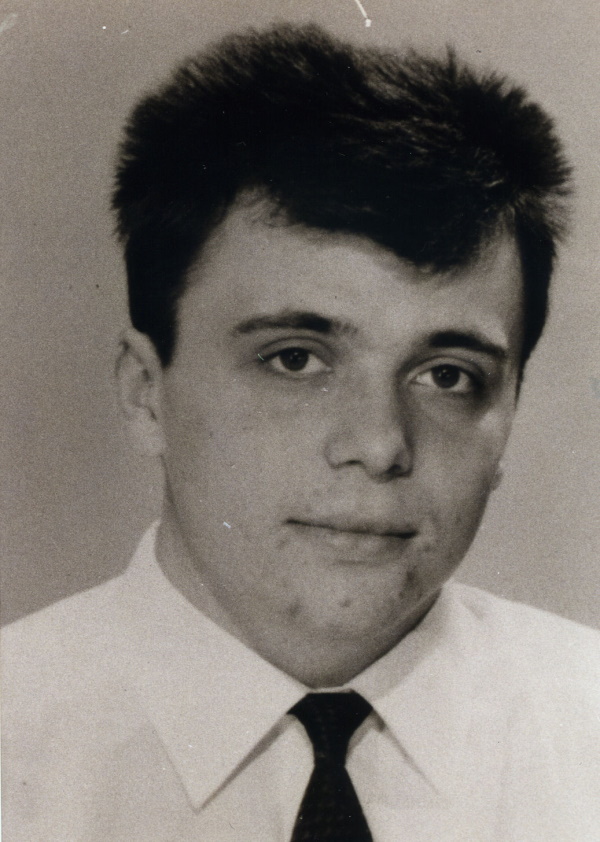
-
Miro Košćak, born 19th December 1971 – died on 12th June 1992 in Slatinski Drenovci as part of the Varaždin Police Department’s Rode (‘Storks’) Special Police Unit when an official vehicle struck an anti-tank mine
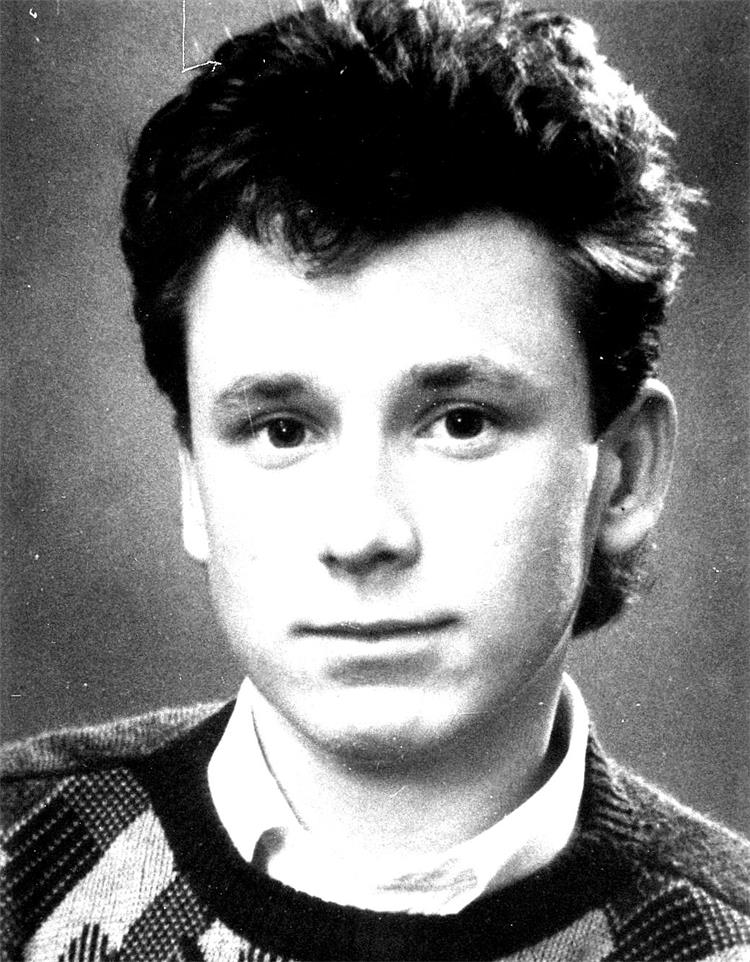
-
Emil Baneković, born 3rd January 1971 – wounded on 22nd January 1993. In Velebit during the Maslenica Offensive – he succumbed to his injuries on 2nd February 1993 in the Rijeka Clinical Hospital.
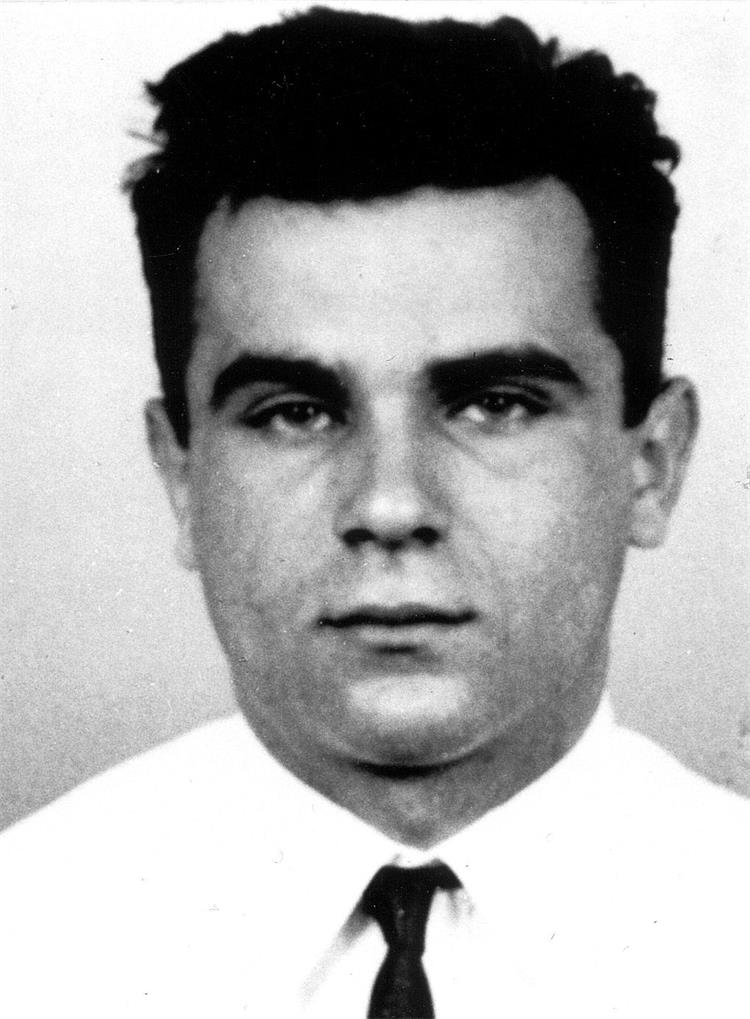
-
Bernard Benček, born 26th April 1971 – died on 21st July 1993 in Divosel near Gospić during preparations for the operation Medački džep (‘Medak Pocket’).
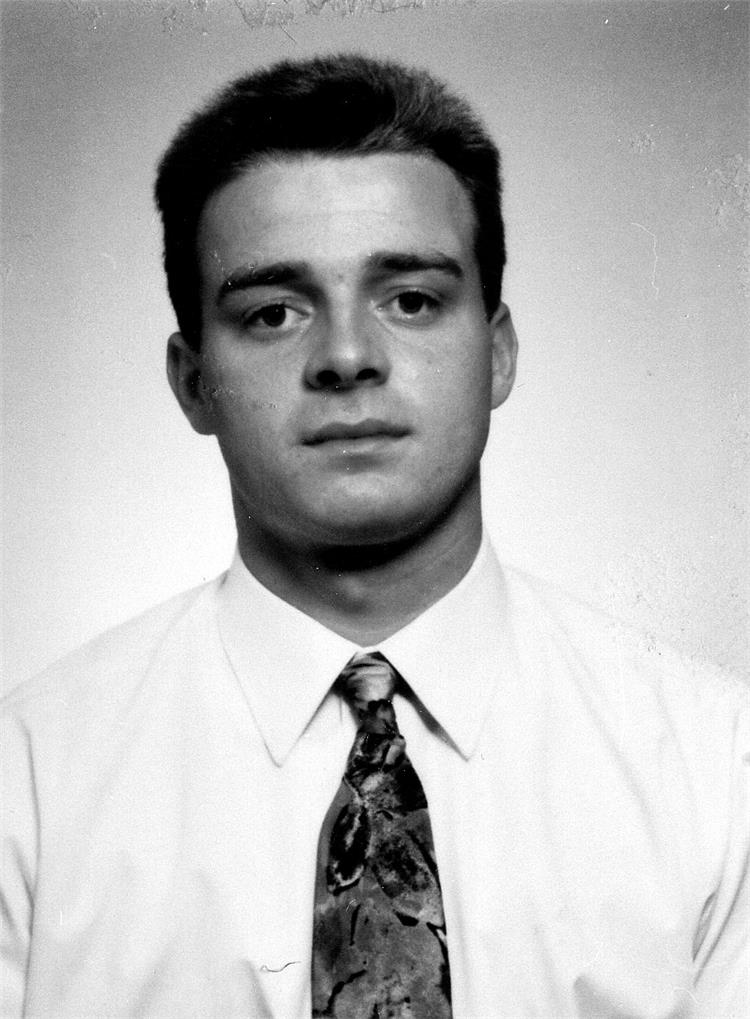
-
Darko Turkalj, born 12th May 1965 – died on 12th September 1993 in Bukova Glava near Gospić during the operation Medački džep (‘Medak Pocket’).
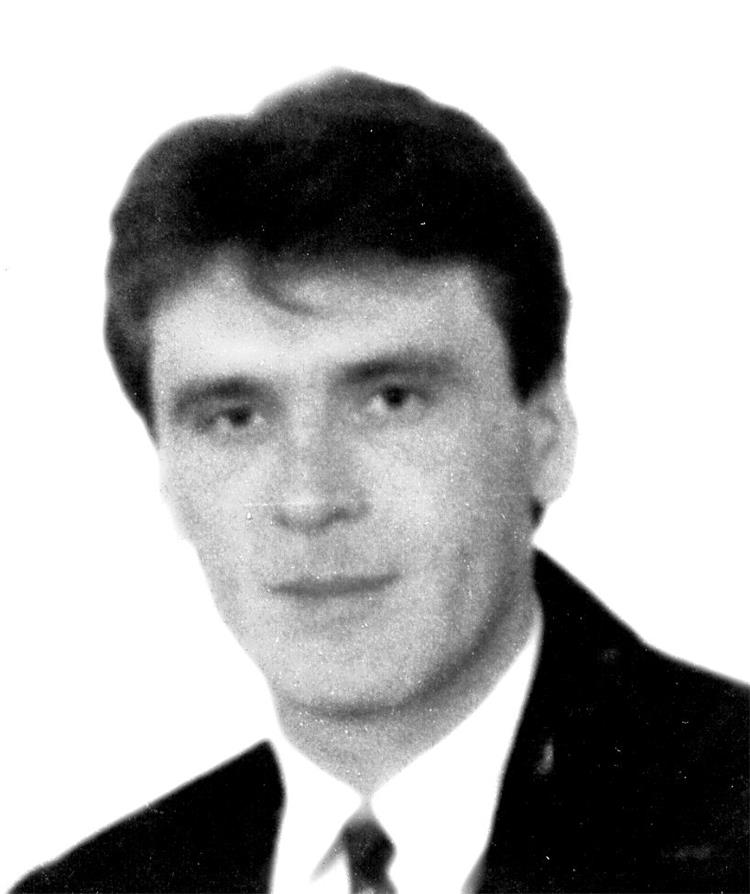
-
Damir Bednjanić, born 9th August 1974 – died on 20th December 1995 in Varaždin whilst preparing for combat due to the activation of an explosive device.
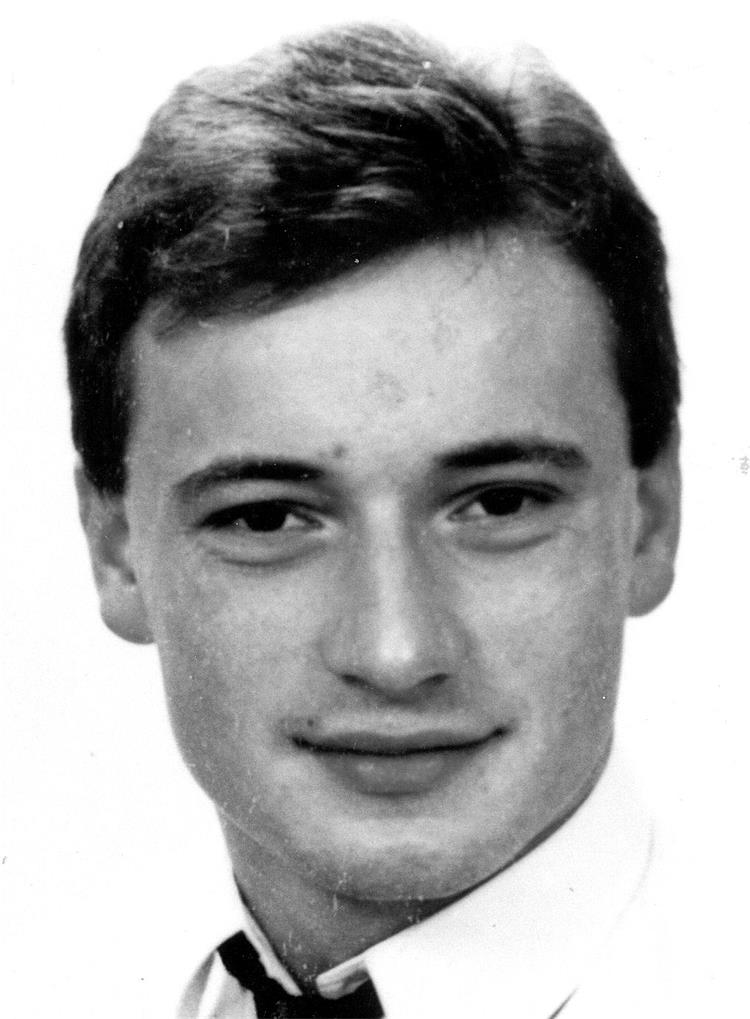
-
Ivan Oreški, born 12th April 1950 – severely injured on 4th November 1991 in Vukovar and admitted to Vukovar Hospital. After the fall of Vukovar there has been no traces of him. He was declared a missing person and has been pronounced dead.
.jpg)
-
Vlado Štampar, born 28th July 1965 – disappeared whilst attempting to break the enemy lines at Karadžićevo to relieve Vukovar as part of the Varaždin Police Department’s Rode (‘Storks’) Special Police Unit on 9th November 1991. He was declared a missing person and has been pronounced dead.
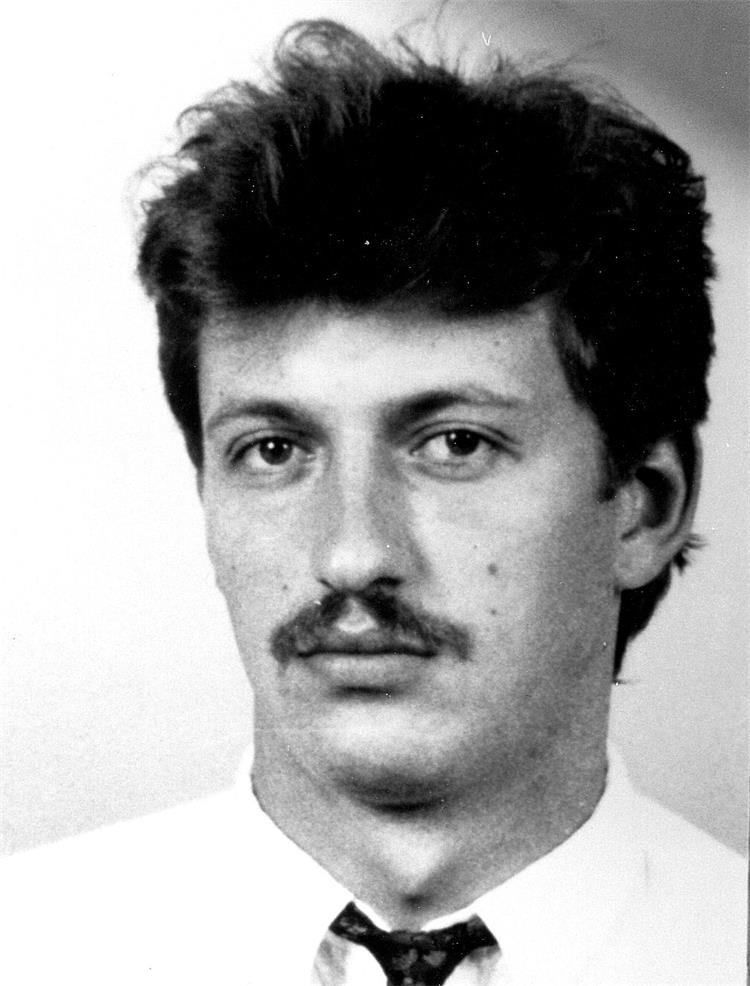
POLICE OFFICERS DECLARED MISSING
-
Marijan Vučak, born 21st December 1963 – injured on 31st October 1991 in Vukovar, after which his fate remains unknown and he remains listed as a missing person.
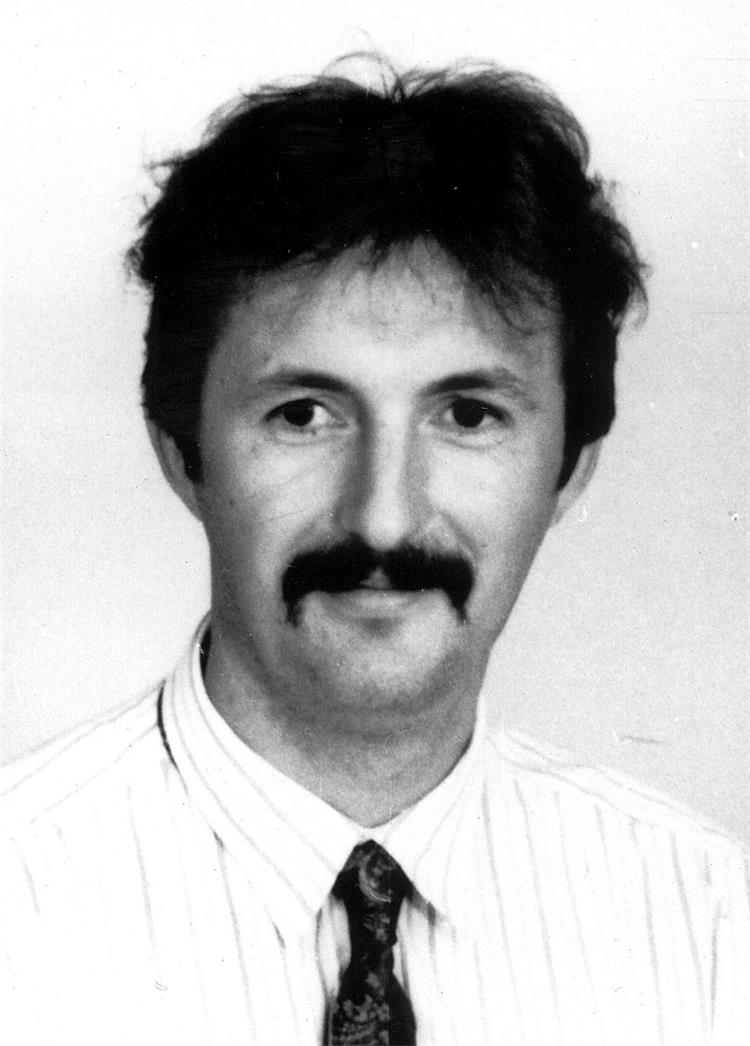
-
Marijan Levak, born 18th September 1956 – on 12th November 1991 he attempted to break the enemy lines at Borovo Naselje, after which his fate remains unknown and he remains listed as a missing person.
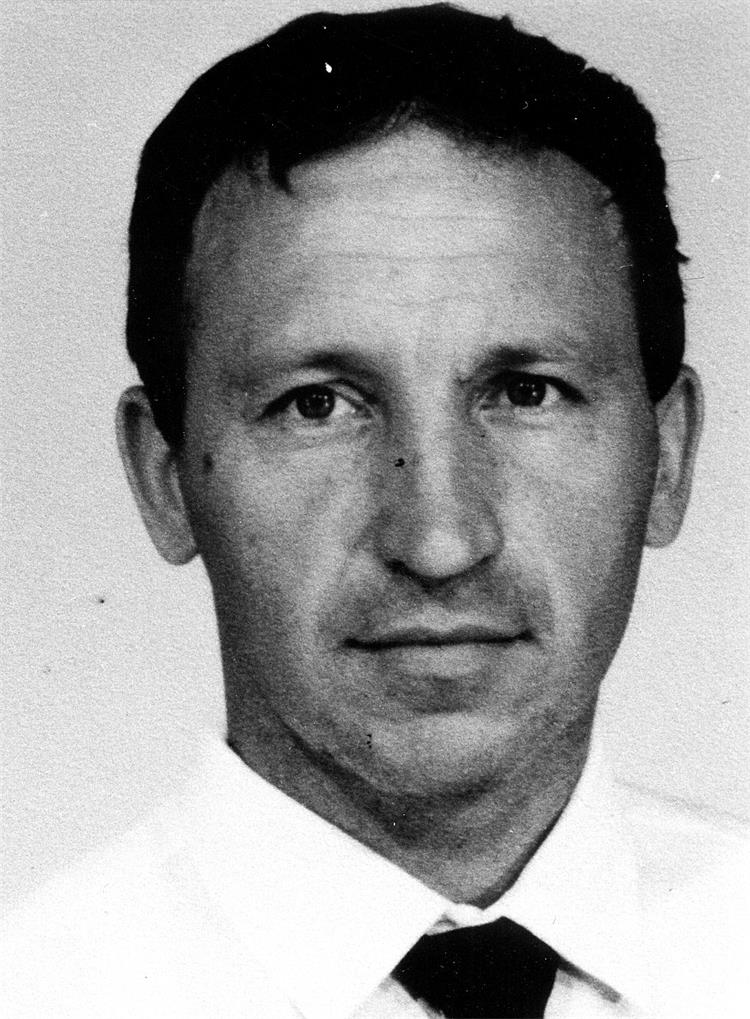
-
Slavko Šantek, born 9th May 1962 – injured on 16th November 1991 and admitted to the Komerc Medical Unit in Borovo Naselje. After the fall of Vukovar his fate remains unknown and he remains listed as a missing person.
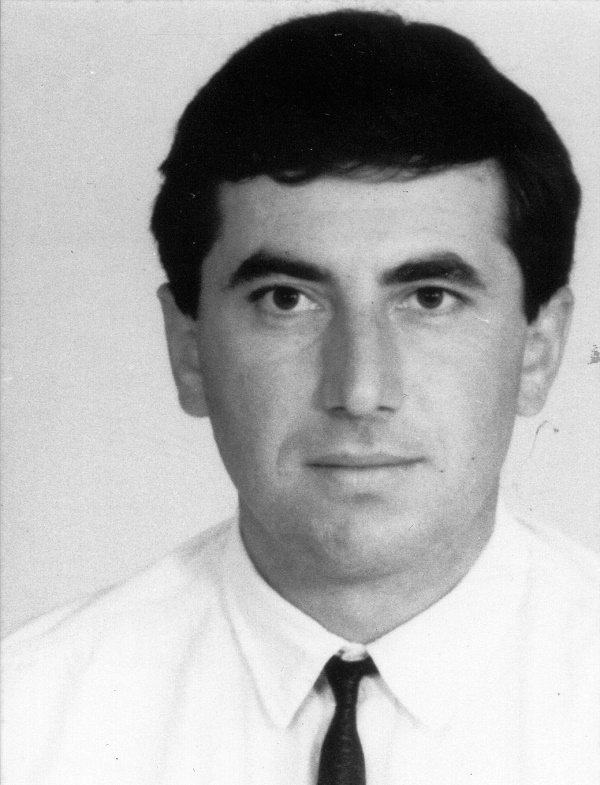
-
Ivan Đurđek, born 25th September 1955 – injured on 18th November 1991 in Borovo Naselje, after which his fate remains unknown and he remains listed as a missing person.
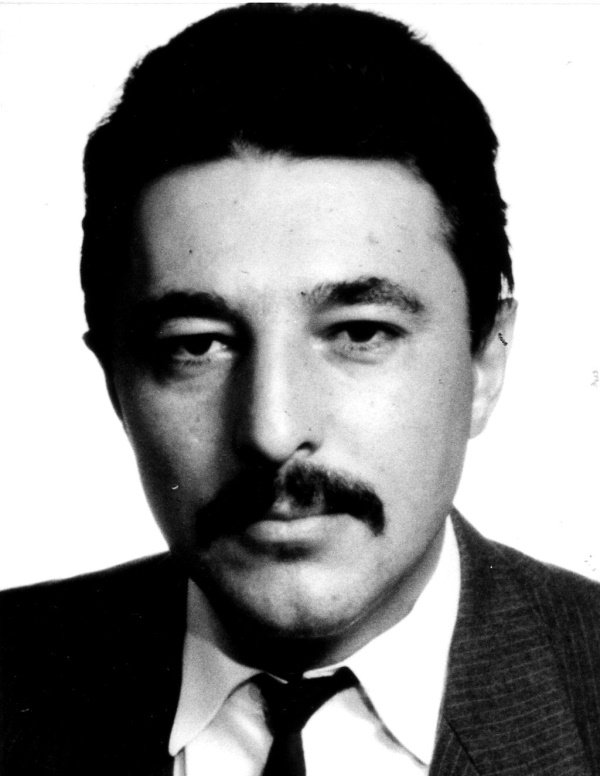
The interactive Memorial has been made in the form of a memorial fence – comprised of a special commemorative axis of 37 pillars that symbolise the missing and dead Police Officers of the Varaždin Police Department.